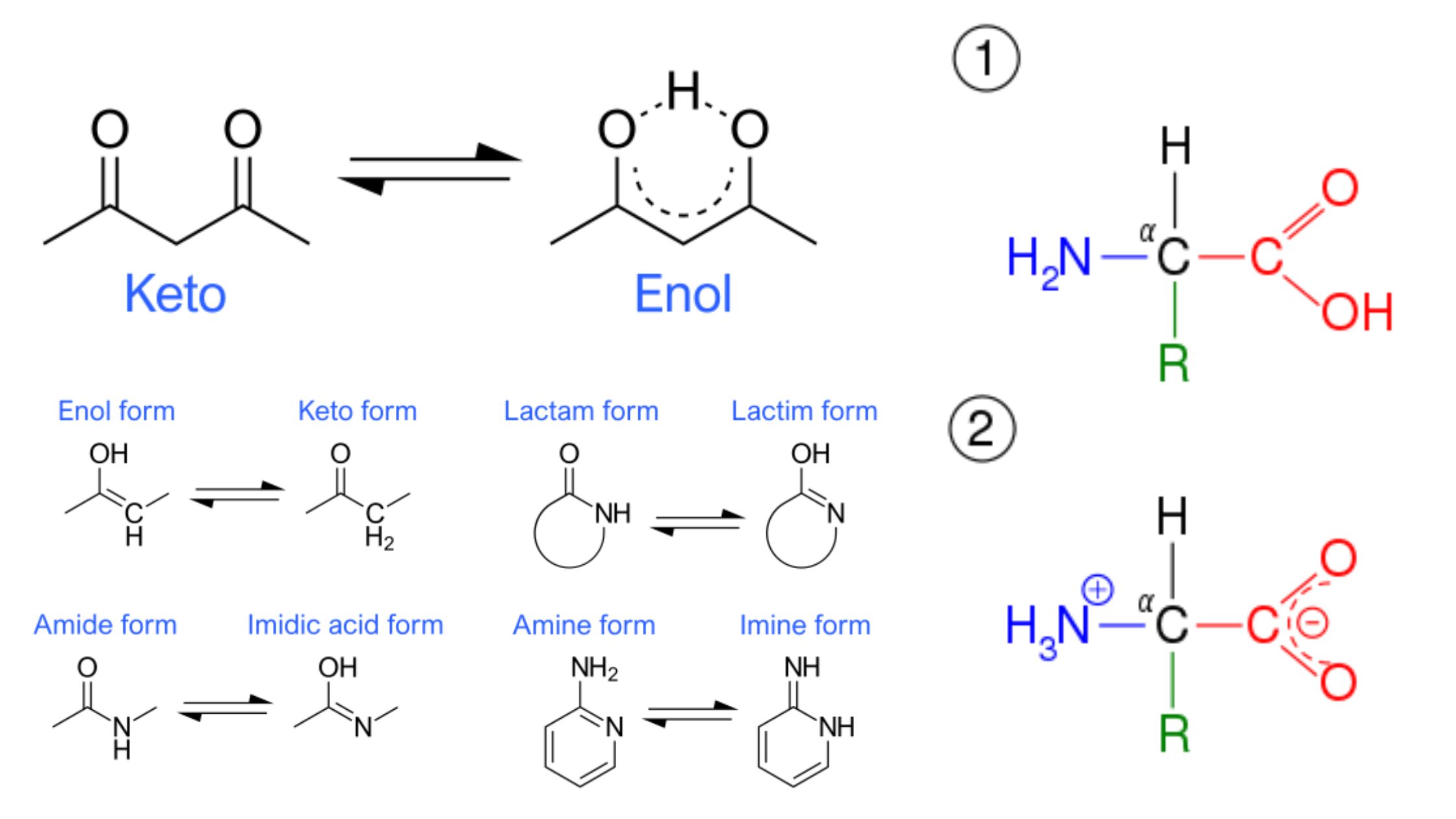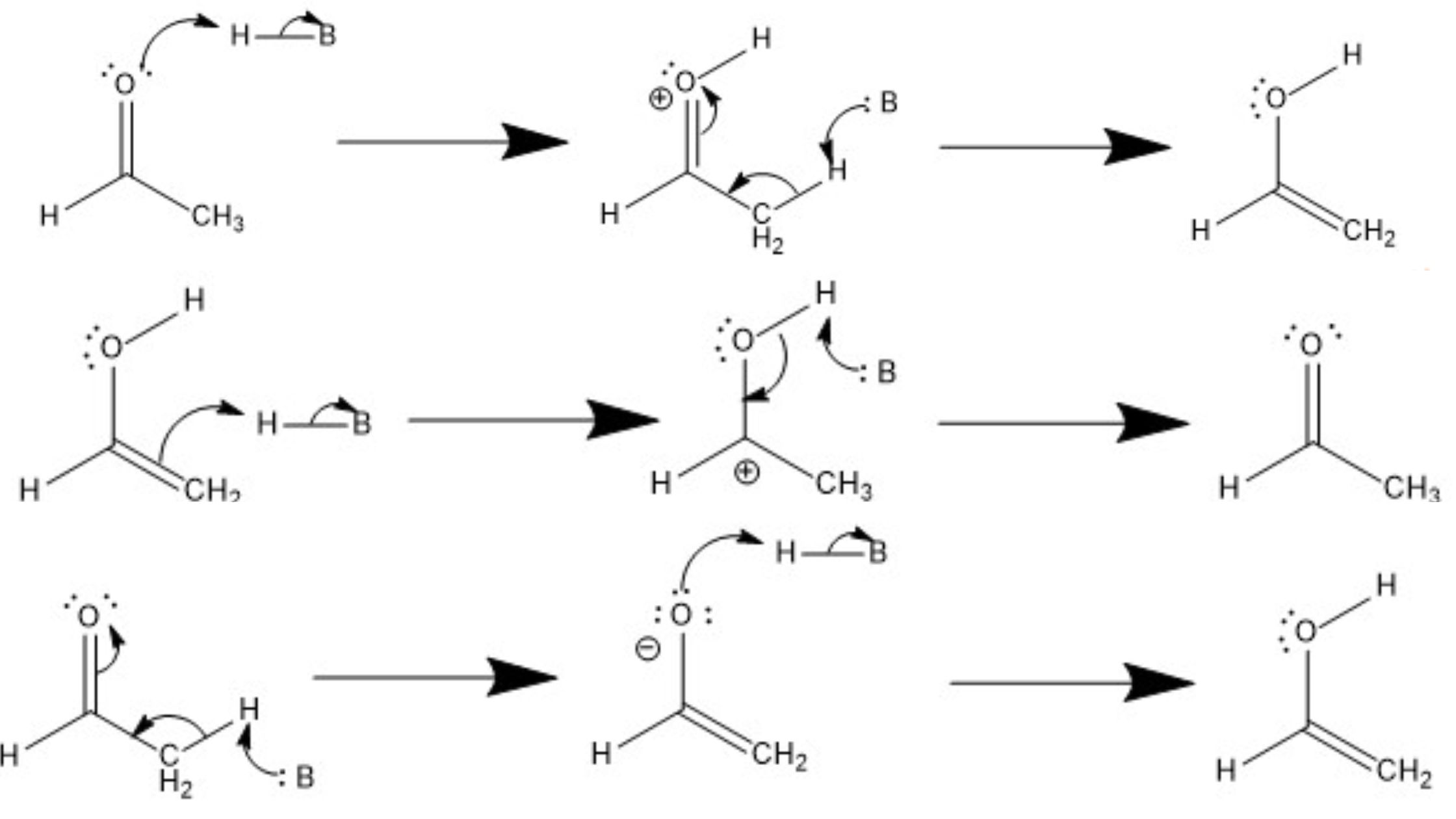Energy Rich Compounds – Phosphoenolpyruvate, 1,3 Bisphosphoglycerate, Thioesters, ATP
What is Energy rich compound? Phosphoenolpyruvate Structure of Phosphoenolpyruvate The structure of phosphoenolpyruvate (PEP) consists of a three-carbon pyruvate molecule with an additional phosphate group attached to one of the carbon atoms. Here is the structural formula of PEP: HO-C=O | P-O-P-OH | CH2-CHO In the structure, the central carbon atom is double-bonded to an … Read more









